From sink drains to dishwasher drains, many people face the problem of water not running properly. We turn to simple solutions to fix the issue but how easy is it to clean a dishwasher drain? Is it safe to do so and do you need an expert or you can be a self-made handyman? Find out here.
IN THIS ARTICLE:
What Happens When A Dishwasher Drain Is Clogged?
Although you can postpone a clogged dishwasher drain, even the best dishwashers won’t be able to prevent it fully. You’ll know if your drain is clogged when you turn on the machine and see water collected on the bottom and your dishes aren’t clean. Nasty smells can also be an indicator of a clogged drain.
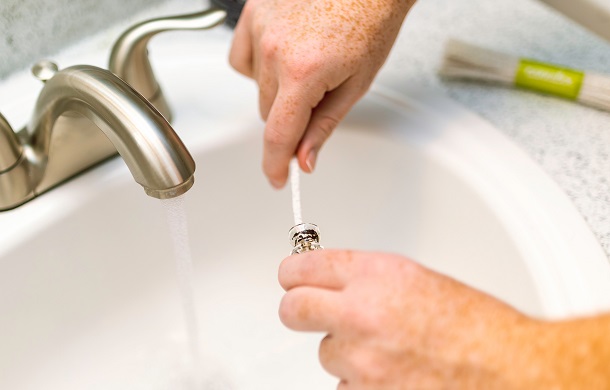

Parts Included In Drain Cleaning
A clogged drain isn’t a one size fits all type of issue. Numerous things can go wrong and be clogged so that your dishwasher isn’t draining the water properly. Here’s a list of culprits included in the drain unclogging process:
Filter – Consists of the regular filter and coarse filter. They catch large food debris and help prevent a clogged drain. Filters are a part of regular dishwasher maintenance and should be cleaned as needed and/or every three months.
Drain – The drain of a dishwasher is located on the bottom of the dishwasher below the filters and the drain catch. You won’t be able to see it clearly until you remove the components that will then expose it.
Note: Drain clogs can mostly be solved by cleaning out these
Sink Air Gap – located below the sink close to the dishwasher outlet hose. It looks like a slotted cylinder. It’s featured only if you don’t have a garbage disposal.
Drain Hose – Located behind the dishwasher. If you have a built-in dishwasher you’ll have to remove it to access the drain hose
Note: The problems with these are less common
Safety Precautions
Safety comes first, always. Before attempting to fix your dishwasher, always make sure you’re working in a safe environment. This means you’ll have to disable your dishwasher.
Power
Cut the power off. Dishwashers usually run on a circuit breaker while some have an electrical plug. Either remove the circuit breaker or plug it out of electricity
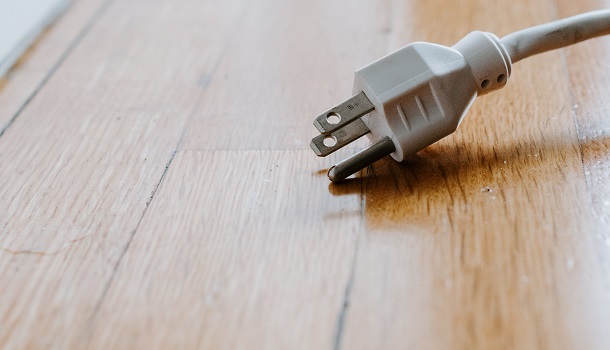

Water Line
If you don’t want to flood your kitchen, make sure you turn off the water supply line as well. The supply line is usually located under the sink. Find the pipe leading to the dishwasher and close it.
Tip: If you’ve run your dishwasher and only then realized that you might have a dirty drain issue, make sure you wait for the dishwasher to cool off completely.
What Do I Unclog And Clean A Drain With?
Drano
Although it’s used fairly often, you shouldn’t use it to unclog and clean your dishwasher drain as it’s highly caustic and corrosive. It will do more harm than good. For instance, it can destroy the rubber seals on the dishwasher, and pipes which will lead to floods and a broken dishwasher.
Vinegar
A great disinfectant and cleaner even though it doesn’t smell nice. White wine vinegar works best and you can even use it to clean your dishwasher regularly. After it’s rinsed off, there will be no vinegary smells present.


Baking Soda
Combined with vinegar, they react to form a foamy and pasty substance. As with vinegar, it can be used to clean a dishwasher as well. It’s gentle and won’t ruin the dishwasher but still abrasive so that it removes food particles and gunk.
Ammonia
You can mix 2 teaspoons of ammonia and 2 gallons of hot water to try and unclog a drain. It’ll go easier on your drain than Drano will.
What It Takes To Clean The Drain And Its Components
Every potential issue listed here can be fixed by simply cleaning them out. Other potential issues might cause the problem but for that, we suggest a professional handle it. The list was made in order of how you should check for potential issues
Filter
- Take out the filter by unscrewing it to the left
- Soak it in a water and vinegar mixture for 30 minutes
- Clean out the leftover debris in the holes with a toothbrush or toothpick
- Make sure you are gentle with the filter
- Lock the filter back into place – make sure you do this properly as improper placement can damage the dishwasher
Drain Hose
- Since each model is different, turn to the instruction manual to help you locate the drain hose
- It’s likely to be located in the back so remove the dishwasher to access the back of it
- Take the hose out and inspect it for any bending, straighten it
- If there are no signs of damage, check for clogs inside it
- Place a small bucket or towel below where the hose and clamp connect
- Take pliers and loosen the clamp to take it off completely and inspect the hose
- Flush it with hot water to see if it’s running through properly
- If over-clogged replace it, if not use a drain or hose cleaner to unclog it
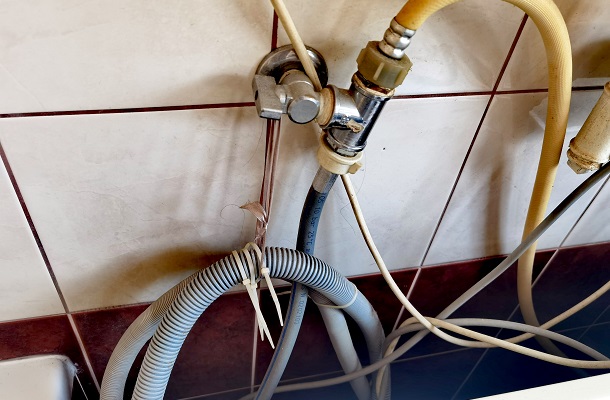

Drain
- Remove the filter and drain catch from the bottom using your hands and screwdriver
- Once you see through the drain, take a straight wire hanger and place it inside
- Wiggle the hanger around to potentially unclog it
- Alternatively, pour 1 tbsp of baking soda and 2 tbsp of vinegar down the drain, and let sit for 15 minutes
- Reconnect everything and run a regular cycle
Sink Air Gap
- Remove the air gap by turning it to the left
- Clean out any dirt and debris by using a coarse brush
- Replace, secure, and run the dishwasher again
Call A Professional If
If none of the methods you used to try and unclog the drain seem to be working, it’s time to call a professional. Potential issues that might have caused it is the drain valve, gate arm, solenoid, and the motor. We suggest calling a professional in these cases since you can put yourself in danger if you don’t handle everything properly.


How To Prevent Drain Clogs?
- You don’t have to rinse dishes before loading but scrap them to remove all the food and then place the dishes in the dishwasher
- Before running the dishwasher, check for any visible dirt and food particles in the filter and sprayer armholes. If that’s the case clean them.
- Hot water does wonder for keeping drains unclogged. It’s best to run your dishwasher with a hot water cycle always.
- Clean your dishwasher and its components frequently. This includes deep cleaning and maintenance.
- Use your dishwasher frequently. They’re meant to be used and by not using them you’re letting any dirt gunk and debris dry off which will then be harder to remove.
To Wrap It Up
Unclogging and cleaning a dishwasher drain and drain components it’s easier than it first might appear but some situations will still call for an expert. Still, you can save some money safely by checking for and fixing the potential issues yourself. Safety should always come first so before you do anything, completely turn off your dishwasher and let it cool.

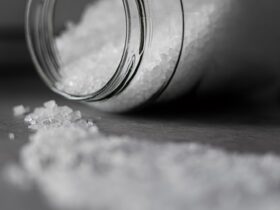


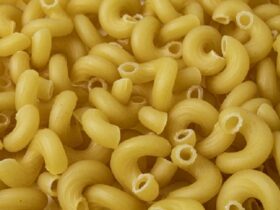








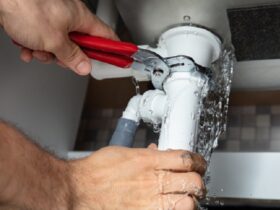


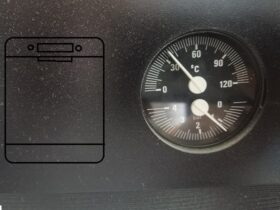


Leave a Reply